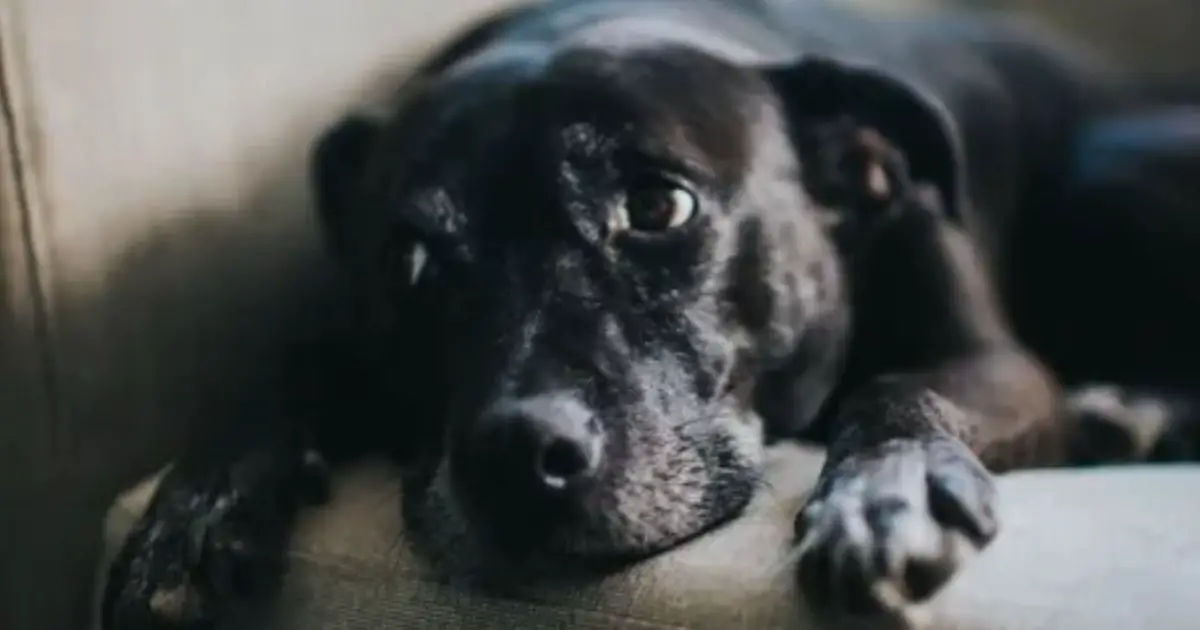
Some would have you believe that dogs are cats’ less mysterious, more emotionally legible counterparts.
Where cats cryptically stretch or headbutt their owners to show love, for instance, dogs wag their tails and leap in joy.
Such naive displays might trick you into thinking that straightforward-seeming canines aren’t that good at discerning your more complex emotions.
But according to some research, your dog might be better at reading you than you think ― in fact, they may even be able to tell when you’re having them on.
So, my dog knows when I’m lying?
Probably, if a 2021 paper on the topic published in The Royal Society is to be believed.
The researchers used a variation of something called a “Sally-Anne” test to work out whether dogs know you’re lying.
A “Sally-Anne” test is often used on children; it involves them visualising one person (Sally) putting a marble in a basket, and then leaving the room.
When she’s gone, another person (Anne) moves the marble to the box. The children are then asked where Sally will go to to retrieve the marble when she comes back ― those who can see the scene clearly will know she’ll likely look in the basket first because she doesn’t know about Anne’s antics.
Dogs can’t talk, but they can eat. So scientists used food to check their understanding.
They hid food in one of two buckets and got “Sally” to show them the right one.
Then, “Anne” would switch the buckets either in front of or behind the back of Anne.
Sally would call them to the bucket she thought was “right.” Most of the time, dogs ran towards the real right bucket regardless ― but when they followed Sally’s incorrect advice, it was almost always after Anne had “tricked” her.
If Anne had switched the buckets in front of Sally, they were far less likely to follow her command.
What does that mean?
It suggests that dogs might not only understand when orders aren’t accurate, but also that they might be humouring a fooled Sally.
It also may suggest they can tell an innocent mistake from an informed lie, and have a lot less time for the latter.
Speaking to Live Science, the researchers said: “Because more dogs refused to follow a human informant who knows where food is (in contrast to one who didn’t know), but still points to the empty cup, we thought the dogs might have understood her suggestion as ‘deceptive’.”
It’s not proof; scientists called it an “exciting hypothesis.”
Still, if your dog doesn’t have much time for your fake ball-throwing antics, now you know why…







